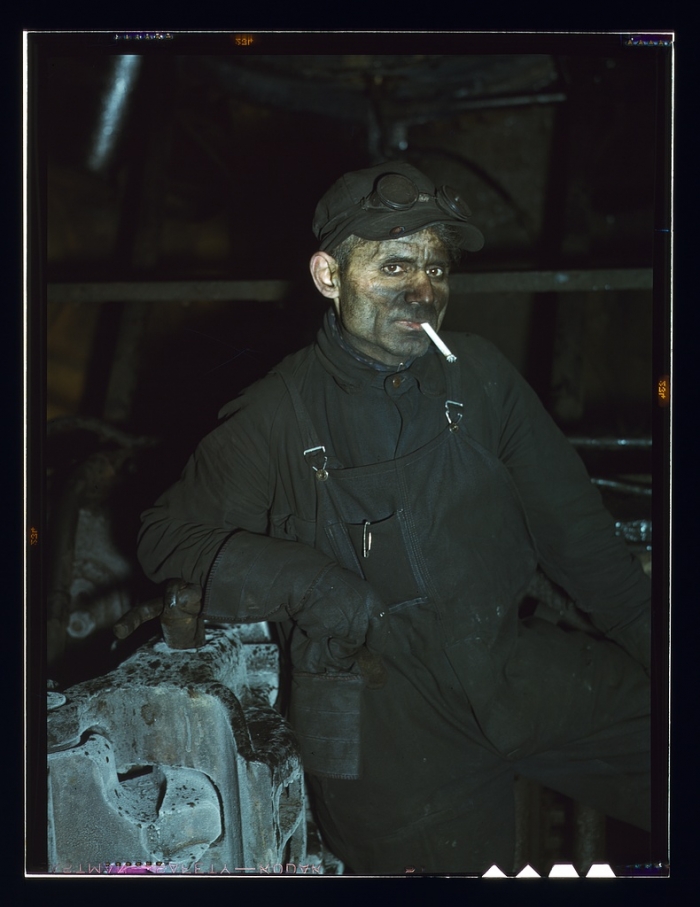In Railway Employees’ Department v. Hanson, 351 U.S. 335 (1956), the Supreme Court overturned a decision by lower Nebraska courts enjoining the application and enforcement of a union shop arrangement for railroad employees.
Court said law authorizing union shops did not violate First Amendment rights
The Court rejected the idea that the Railway Labor Act deprived employees of their First Amendment rights of association or their Fifth Amendment due process rights.
Justice William O. Douglas’s opinion for the Court decided that a section of the Railway Labor Act authorizing such a union shop preempted state law on the subject.
Court said arrangement requiring all employees to pay into the union was a congressional matter
Congress had permitted the union shop arrangement, which requires payment of “periodic dues, initiation fees, and assessments” by all employees, as a matter of policy to promote “industrial peace along the arteries of commerce,” and if the public thought this policy to be unwise, it could vote accordingly. If this policy were extended to cover the payment of “fines and penalties” or “for purposes not germane to collective bargaining,” this would present a different problem.
Douglas said that the current requirement was not different from that posed by the requirement that lawyers join an integrated bar, that is, one in which they were required to be members of a bar association.
In a concurring opinion, Justice Felix Frankfurter noted the long line of laws that had regulated the railroad industry. In his view, the Court should leave such matters of public policy to Congress to resolve.
Court later looked at more cases dealing with First Amendment rights of nonunion members
In International Association of Machinists v. Street (1961), the Supreme Court subsequently interpreted the law at issue so as to exclude nonunion members from having to contribute to union political activities of which they disapproved.
Lehnert v. Ferris Faculty Association (1991) was a similar ruling as regards an agency-shop arrangement for college professors.
John Vile is a professor of political science and dean of the Honors College at Middle Tennessee State University. He is co-editor of the Encyclopedia of the First Amendment. This article was originally published in 2009.

